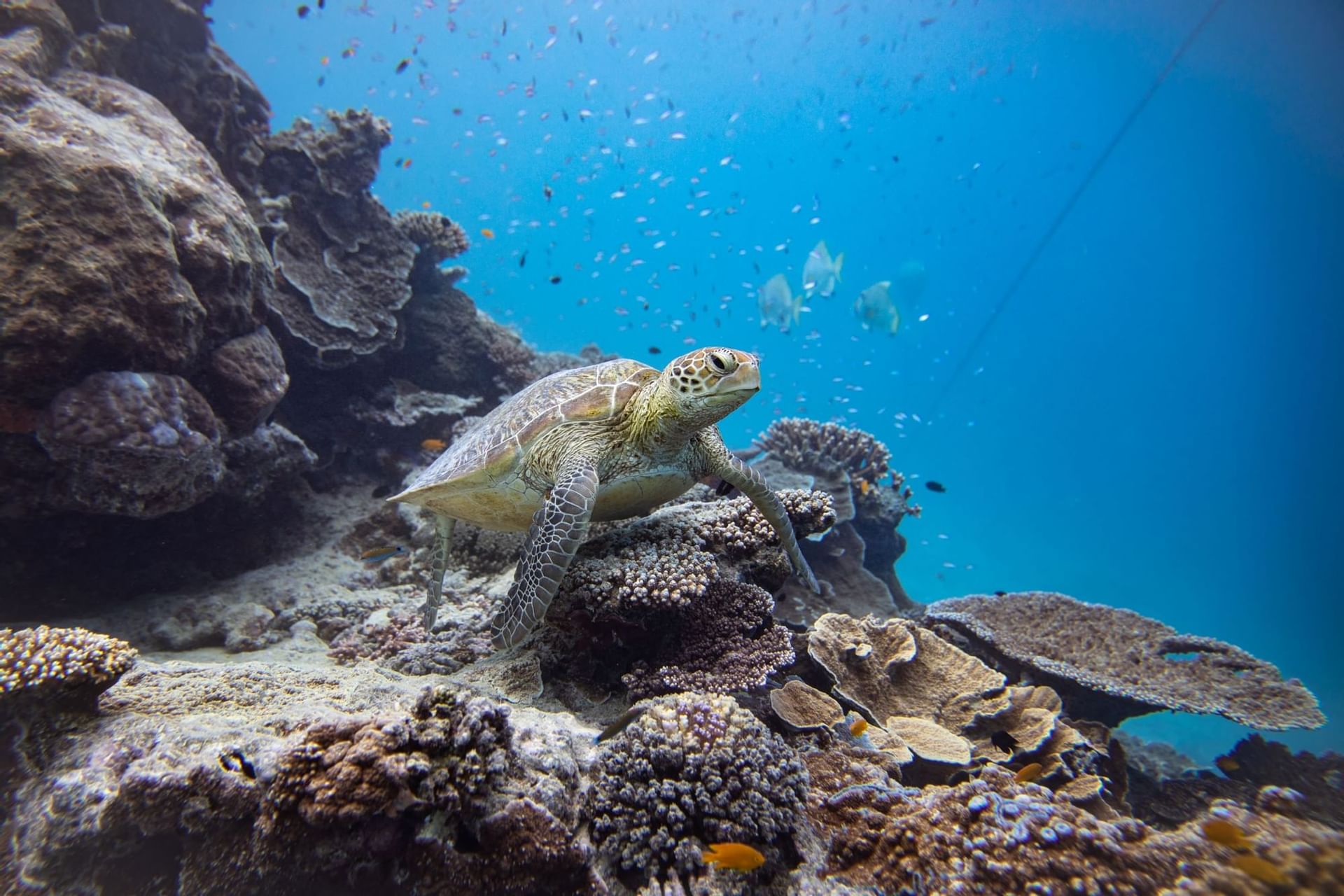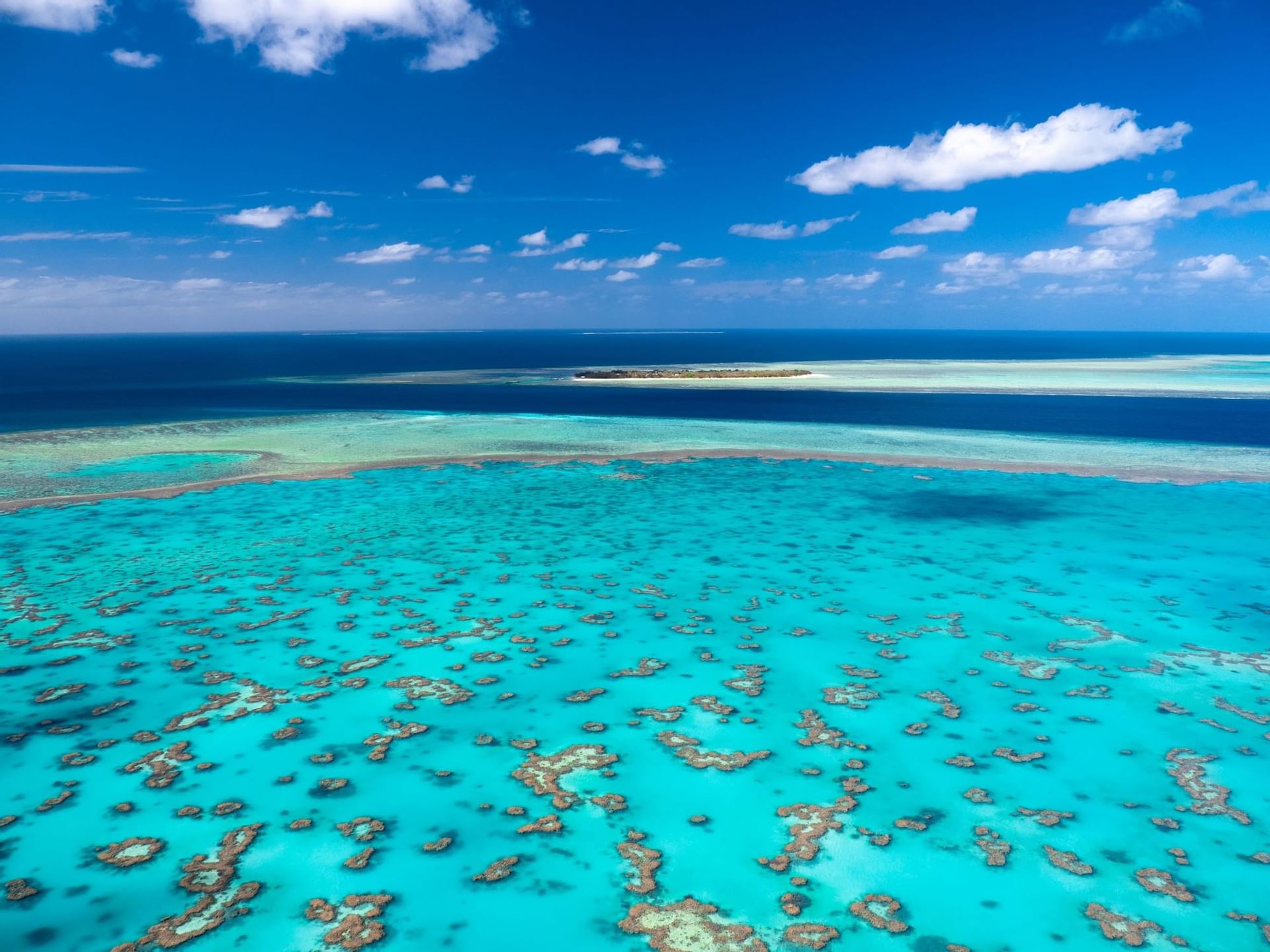The Great Barrier Reef
Stretching approximately 2,300km along the Queensland coast, the UNESCO World Heritage listed Great Barrier Reef is one of the best managed marine parks and tourism experiences in the world. Covering 344,400km2, its size, use, diversity of wildlife and conservation make it one of the world's greatest natural wonders.
The Great Barrier Reef stretches from Tropical North Queensland in the north right down to Bundaberg in the south. Off the coast from Gladstone on the Southern Great Barrier Reef you will find magical Heron Island, a world-class destination for snorkelling, diving and exploring the reef.



